PS: Jelly Ko VIPs are shopping 25% off right now at jellyko.com: Join the email list there for early access.
Menu
PS: Jelly Ko VIPs are shopping 25% off right now at jellyko.com: Join the email list there for early access.
Products
Your Guide To Bacne
April 20, 2022

Your Guide To Bacne
It seems like every day there are new words or neologisms appearing out of nowhere, and while we might not be able to help you out with decoding the likes of “Finna” “Steez” and “Yeet” we have your back when it comes to decoding “Bacne”.
What Is Bacne?
Much like the acne you experience on your face, ‘bacne’ is caused by a build-up of sebum which causes the pores to become clogged or blocked.
Oil production is affected by our hormones and can particularly go into overdrive around menstruation. Sebum is also stimulated by the hormones women experience during pregnancy, breastfeeding and menopause.
Whiteheads and Blackheads
When the clogged pore is exposed to air it turns black and a blackhead form. When the pore remains closed and doesn’t come into contact with air it will turn a white or yellowish colour, a “whitehead”.

Like most things there is also a genetic factor involved. If members of your immediate family have experienced acne, then your likelihood of acne and bacne increases.
What Is Fungal Bacne?
You might have heard the term “Fungal Acne” before – this usually refers to breakouts on the skin which look like normal acne but don’t respond to treatment. The medical term for these spots is Pityrosporum Folliculitis.
To get technical this isn’t actually acne, it just presents quite similarly. This type of folliculitis is a fungal infection of the hair follicle caused by the Malassezia yeast species and is most common in teenagers, due to their increased oil production from fluctuating hormones.
Learn more about fungal acne on the Korean Beauty Show podcast:
This sort of infection can start to play up in humid and warm conditions and is exacerbated by unbreathable materials (so make sure you shower and change immediately after your dance/yoga/gym session).
Diet can also contribute to fungal infections so best to cut down on foods with a high GI (Glycaemic Index) including white bread, rice, cakes, cookies, potato fries, chips and sweetened yoghurts.
How Do I Treat Bacne?
If you have a fungal infection head straight to a GP. They will be able to provide topical treatment or a course of antibiotics. GP’s and dermatologists may also recommend antibacterial body washes to assist with treatment.

Your Guide To Bacne
Other Tips Include:
- Minimising the friction between your clothing and skin. Ditch the itchy jumpers and non-breathable materials while your skin clears up. As a rule of thumb try to avoid Polyester and Nylon as these materials are known as skin irritants. 100% cotton or silk clothing will be gentle on the skin and will minimise irritation. (Especially important in your pyjamas!
- Shower immediately after you have exercised, sweated heavily, or swam. It can also help to investigate your body wash and washing detergent and switch to a hypoallergenic option while you work on getting your skin back to normal.
- Regularly wash your bath towels and bed linen. This will also help keep the skin clean and #stopthespread. (Sorry! We couldn’t help ourselves)
- Do. Not. Pick. Put down the tweezers, tell your partner to step away, and resist the urge yourself. It never helps and scarring sucks.
- Reduce Stress. Stress can trigger acne.
- Ensure that you are drinking enough water, eating a healthy balanced diet, and getting a good night’s sleep.
- Get proper sleep. Skipping or skimping on sleep wreaks havoc on the body and mind. Don’t forget that your skin is the largest organ in your body and is often a great reflection of what’s going on inside.
- Reducing your alcohol, sugar, and caffeine intake will also help flush out toxins from the body and increase your quality of sleep.
- Avoid over washing/touching/thinking about it too much. We know that this is much easier said than done but it’s a really important step.
Trust that if you are doing the right things, your skin will clear up. Sometimes this process takes a little longer than we want, and sometimes medical intervention is needed. That’s ok. Focus on what you can control.
The Best Products For Bacne
Speaking of things, you can control! Let’s look at a couple of products that will help you on your way.
Drumroll please….
Your Guide To Bacne - Subi Perfect Pimple Patch
Meet your new best friend. She can live in your bathroom cabinet, bedside table drawer, handbag, backpack, work desk, you name it.
The Subi Perfect Pimple Patch has got you covered anywhere, anytime.

She’s a tiny, barely visible, hydrocolloid patch that sits on top of the whitehead and takes care of the pimple – without scarring.
Did we mention she's a Best of K-Beauty Award winner and the top selling product on STYLE STORY for the last 3 years?
These patches are vegan friendly, contain no sulphates, parabens, alcohols, or silicones and are non-drying making them perfect for sensitive skin. Oh, and they can also be used on Fungal Acne. HOORAY!
Simply peel down the sheet and remove the sticker, place the sticker on the whitehead and leave until the patch turns white.
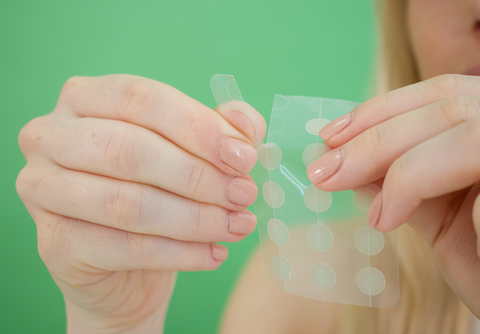
Once the patch turns white that means all the gunk has been removed and you are good to go. These patches can take a beating so feel free to work out in them or wear them on a night out. They won’t come off and no one will be even see you’re wearing one!
Need More Help with Backne?
DId you enjoy Your Guide To Bacne?
If you have any questions about bacne reach out to one of our team members, we are always so happy to help!
STYLE STORY - Your Go-To for Kbeauty
Shop Now
"Trust that if you are doing the right things, your skin will clear up. Sometimes this process takes a little longer than we want, and sometimes medical intervention is needed. That’s ok. Focus on what you can control."
- STYLE STORY, Your Go-To for Kbeauty
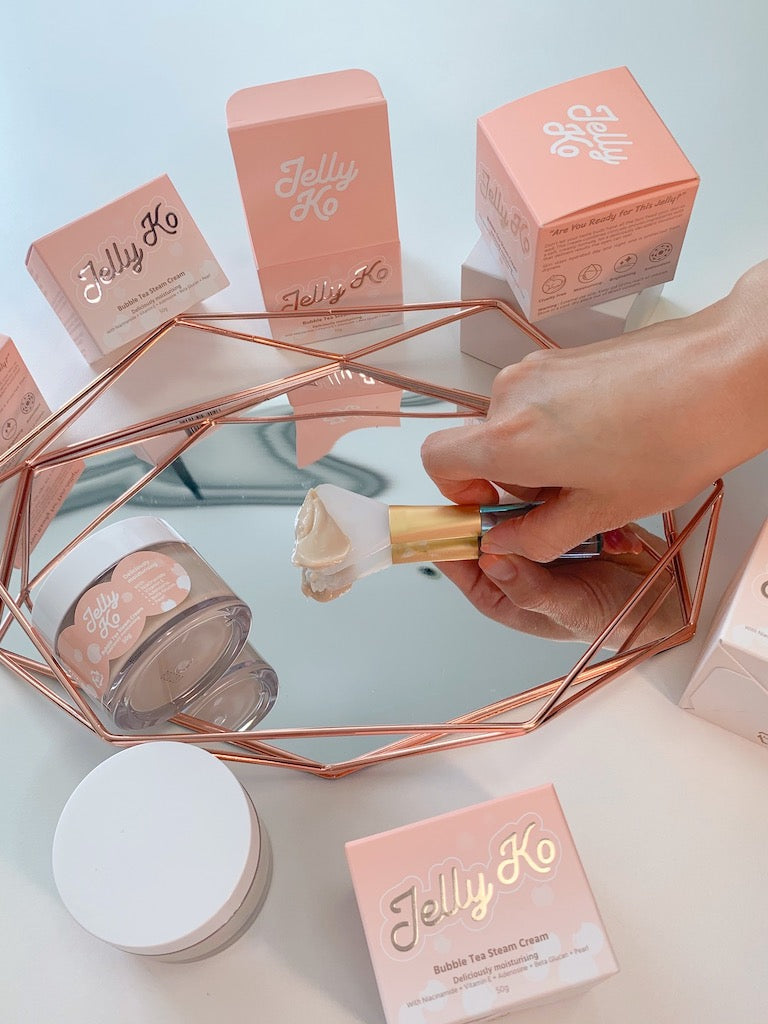
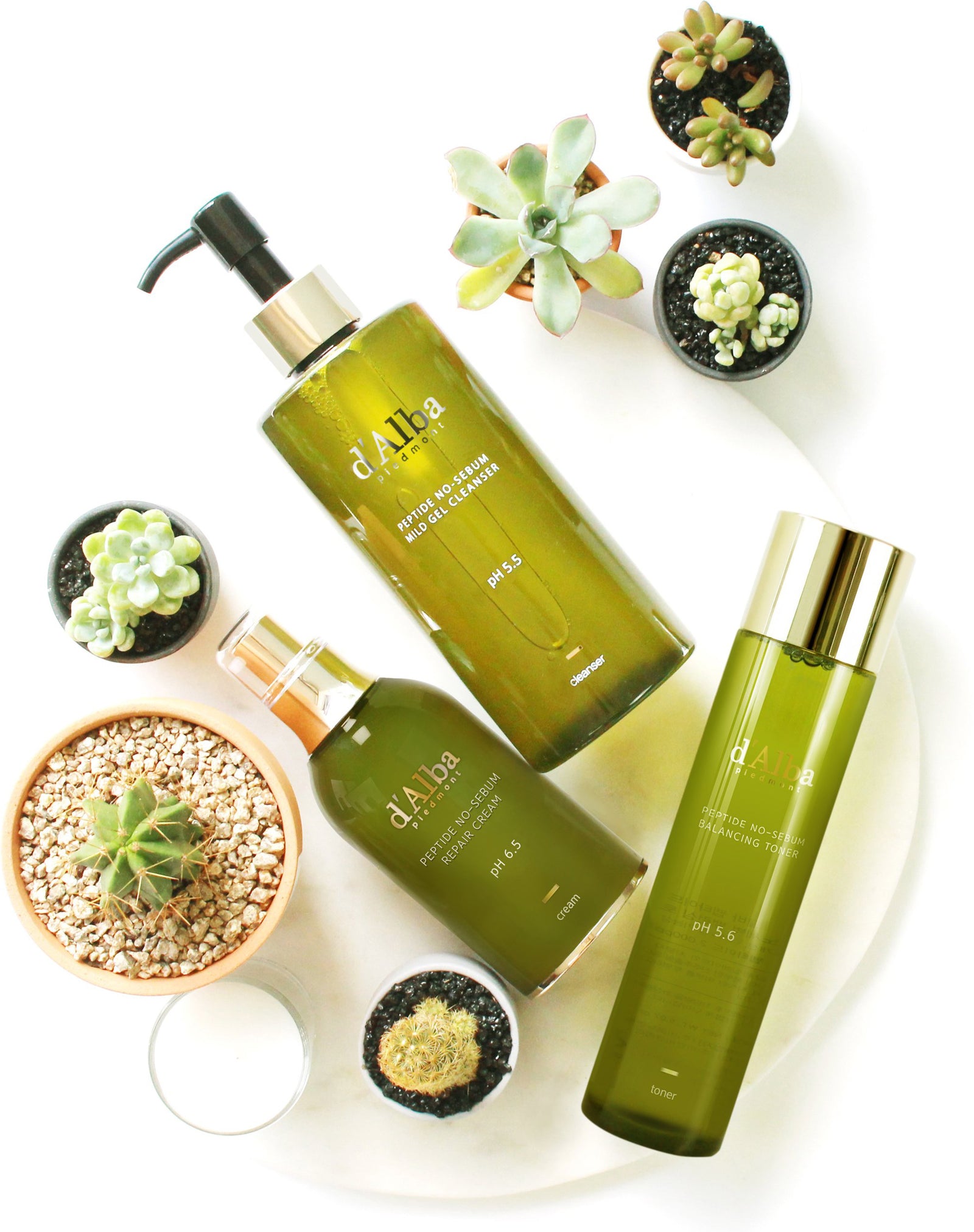
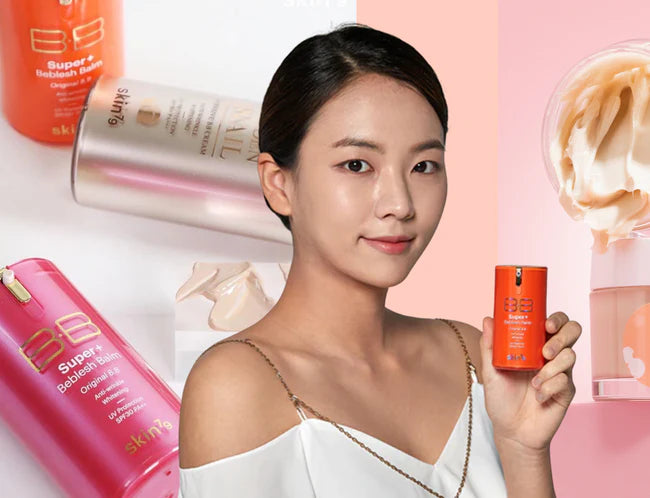
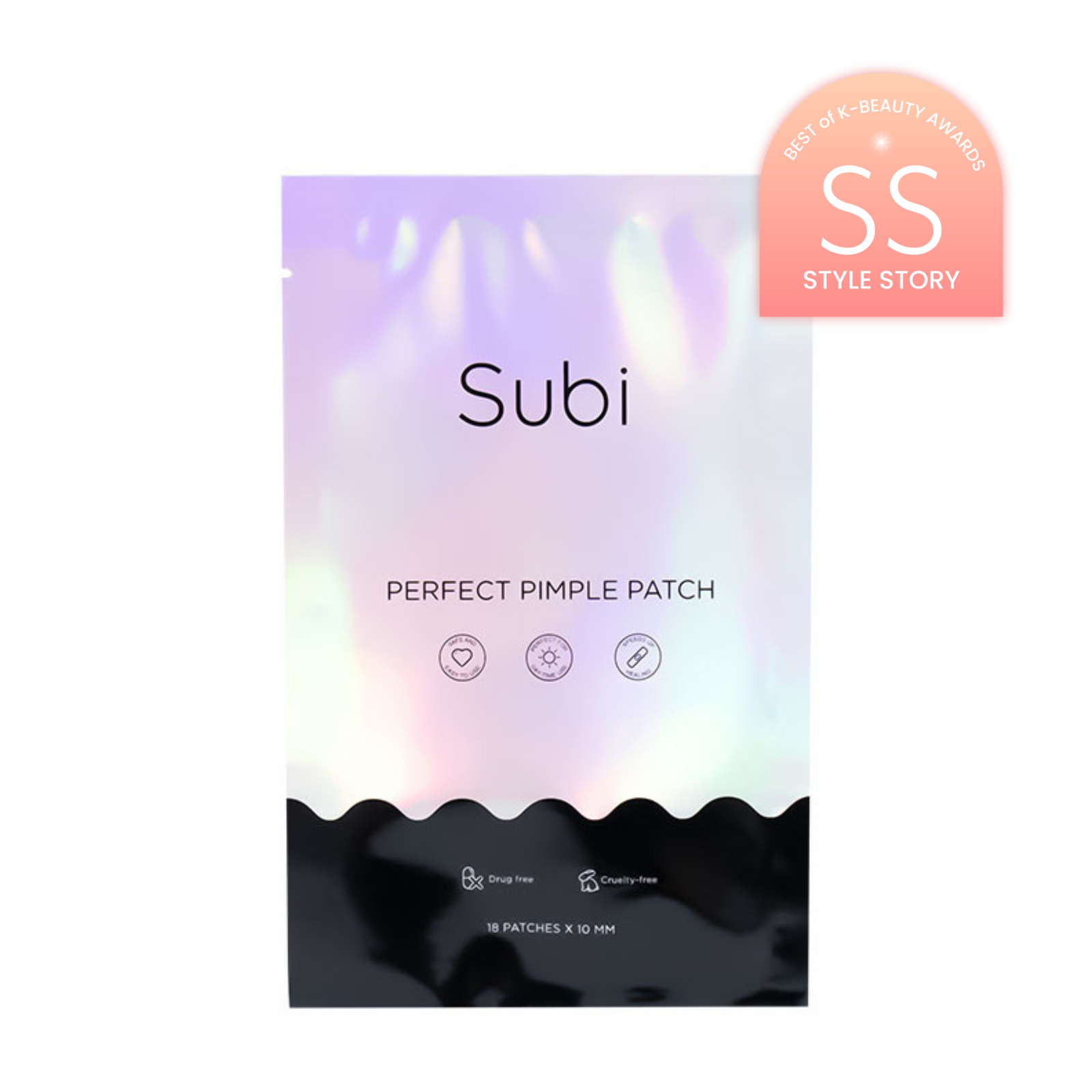
Leave a comment
Comments will be approved before showing up.